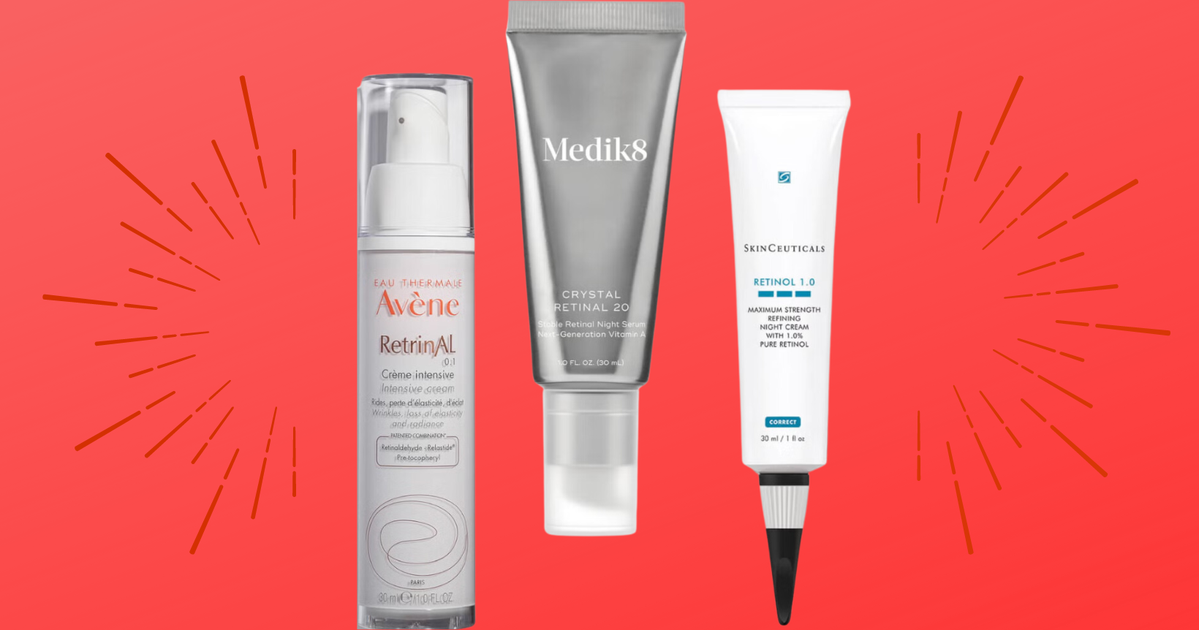Copyright Santa Clarita Valley Signal

Red light therapy has evolved from an experimental treatment into one of the most respected wellness technologies in the world. Its ability to improve skin health, accelerate recovery, and support overall wellbeing has made it a go-to option for people seeking a natural, non-invasive way to feel and perform better. The growing popularity of red light therapy Australia reflects this shift, as more individuals embrace evidence-based self-care methods grounded in science rather than marketing trends. At its core, red light therapy works by exposing the body to specific wavelengths of red and near-infrared light. These wavelengths penetrate the skin and reach the mitochondria, where energy is produced. By stimulating mitochondrial activity, red light enhances the cell’s ability to generate adenosine triphosphate (ATP), the molecule that powers everything from muscle contraction to collagen formation. This cellular boost helps the body repair itself faster, reduce inflammation, and maintain healthier tissue. The technology isn’t new. It was first explored by NASA researchers studying how light could influence biological processes in space. Since then, countless medical and wellness studies have confirmed its safety and effectiveness. Unlike ultraviolet (UV) rays, which can damage DNA and accelerate aging, red and near-infrared light are non-ionising. They don’t cause cellular harm; instead, they encourage repair and balance. How Red Light Therapy Supports the Body Regular use of red light therapy promotes improvements that reach far beyond skincare. Athletes use it to shorten recovery time after workouts. Physiotherapists rely on it to manage pain and inflammation. Dermatologists apply it to rejuvenate skin, stimulate collagen, and reduce the appearance of scars. One of the most appealing aspects of this technology is that it works gently, with no heat, chemicals, or recovery period required. Most users describe a sense of calm during treatments, a few minutes of quiet light that leaves them feeling recharged and restored. Over time, consistent sessions can: Increase collagen and elastin for smoother, more resilient skin Boost circulation and oxygen delivery throughout the body Ease muscle tension and joint stiffness Improve energy, sleep, and mood These effects come from biological changes happening deep inside the cells, not surface stimulation. The light effectively “tells” the body to optimise itself. A Closer Look at Different Devices The modern wellness market offers several ways to experience light therapy, from compact panels to full-body systems. A red light therapy mat Australia option is one of the most convenient for daily use. Designed to lie flat, it delivers even coverage across large areas such as the back, legs, or torso. Many people use it while relaxing, meditating, or winding down before bed, combining rest with restorative light exposure. For those who prefer a more powerful setup, a red light therapy panel australia provides greater intensity and coverage. Panels are designed for standing or seated treatments, ideal for anyone wanting to target both face and body in a single session. They’re popular among athletes and skincare professionals for their ability to treat multiple areas efficiently. Regardless of the format, the science behind the light remains the same. The wavelengths interact with cells in a predictable way, triggering natural responses that support repair and rejuvenation. What varies is convenience and application style, not the core benefit. Why Safety Matters When exploring new wellness technologies, safety is always a priority. Fortunately, red light therapy is backed by decades of clinical evidence confirming it poses no carcinogenic risk. It doesn’t use UV light, it doesn’t emit ionising radiation, and it doesn’t interfere with DNA. Instead, the light stimulates biological pathways that already exist in the human body. The key is ensuring devices operate within proven therapeutic ranges typically between 630nm and 850nm, and are used consistently but moderately. Quality products are engineered with precision to deliver consistent irradiance while maintaining comfort. Another important aspect of safety is electromagnetic field (EMF) exposure. Some lower-quality electronic devices may emit measurable EMFs, but advanced systems now incorporate shielding to minimise this. The best designs achieve zero detectable EMF at normal treatment distances, giving users complete peace of mind. Making the Most of Each Session Success with red light therapy doesn’t come from intensity alone; it comes from consistency. Treatments are generally recommended several times a week for 10 to 20 minutes per session. Over weeks and months, the body adapts, strengthening its ability to produce energy and manage inflammation. Users often notice subtle improvements at first, better skin tone, reduced tightness, or deeper sleep, which gradually evolve into more significant changes as cellular energy builds. This cumulative effect is what makes the therapy so appealing. It doesn’t force results; it encourages the body’s own mechanisms to perform more efficiently. To enhance the experience, some people integrate light therapy into mindfulness or recovery routines. Combining sessions with hydration, stretching, or meditation can further amplify results and create a ritual of self-care that benefits both body and mind. Advancements in Technology Today’s devices are far more advanced than earlier models. Manufacturers continue to refine wavelength accuracy, light distribution, and ease of use. Some systems now include smart-app integration, allowing users to control intensity and session length from their phones. Others incorporate near-infrared wavelengths up to 1060nm, which reach deeper muscle and connective tissues for enhanced recovery. High-end designs have also improved heat management, durability, and aesthetic appeal, turning what used to be a medical-grade tool into a lifestyle product suitable for home environments. As research expands, so too does the understanding of how targeted light exposure can influence cellular health, hormonal balance, and even cognitive performance. Choosing the best red light therapy device australia ultimately depends on your personal goals. Whether you want to rejuvenate skin, recover from workouts, or simply maintain energy, the right device is one that delivers clinically tested wavelengths, safe power levels, and a user experience you’ll actually enjoy, because consistency is everything. Final Thoughts Red light therapy continues to redefine how we think about recovery, beauty, and wellbeing. It blends nature’s simplicity light with modern engineering to unlock the body’s innate ability to heal and restore itself. As awareness grows and technology advances, accessibility improves, making it easier for anyone to bring the benefits of light into their daily routine. With ongoing research supporting its safety and effectiveness, it’s clear that this gentle yet powerful therapy is here to stay, a modern wellness essential illuminating the path toward healthier living.



